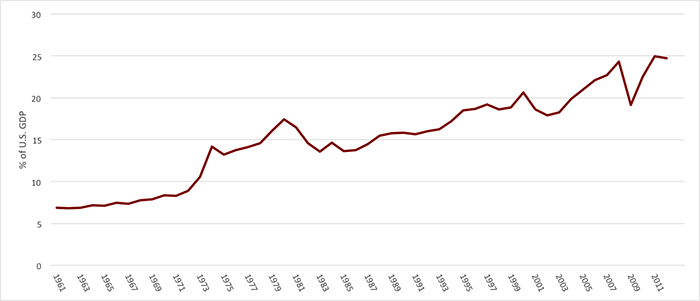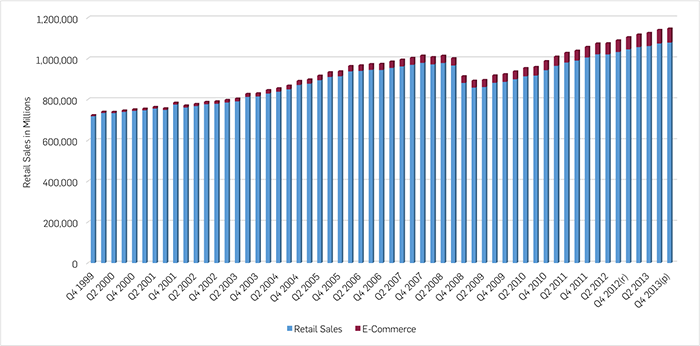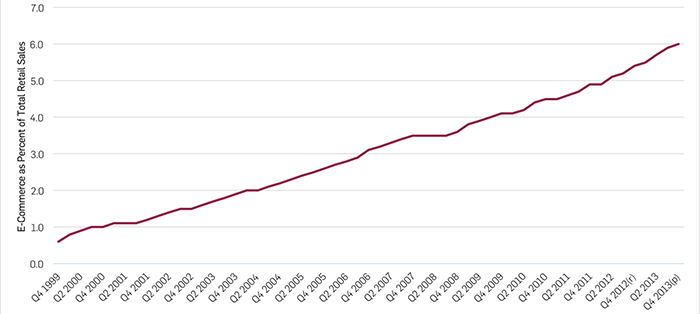On February 20, 2014, Peter Smirniotopoulos, founder and principal of petersgroup consulting and a contributor to The Huffington Post, and Natalie Pregibon, Director of P3 Intelligence authored a Huffington Post article entitled “Public Education and Job Readiness: Where Have All the Jobs Gone?” The article is the first in a series of three about the U.S. economy, the job readiness of the country’s labor force, and how public education could play a more-effective role in addressing the skills gap that keeps existing jobs from being filled.
The below graphs support the authors’ contentions in their Huffington Post article regarding the transformational, structural changes in the U.S. economy over the past 50 years.
Read The Full Article Here
Beginning around 1960, the number of people employed by the service industry versus the manufacturing industry began to greatly diverge.
Service vs. Manufacturing Employment
 Source: Bureau of Labor Statistics
Source: Bureau of Labor Statistics
Mechanization allowed U.S. manufacturing facilities to increase production while employing fewer workers. U.S. manufacturing output has increased steadily over time. In contrast, U.S. manufacturing employment peaked in 1979 and began a dramatic decline around 2000.
Manufacturing Jobs vs. Gross Manufacturing Output

Source: Bureau of Labor Statistics; Federal Reserve Bank
As a result of globalization, U.S. trade volume has steadily increased as a percentage of GDP.
U.S. Trade Volume as a Percentage of GDP

Source: World Bank
The number of products manufactured overseas but sold in the U.S. has increased steadily. Contrary to popular belief, however, the majority of goods consumed in the U.S. are produced domestically. China, where people often think most U.S. goods are made, only accounts for approximately 8 percent of domestically consumed goods. (Note: services were NOT included when calculating the below percentages).
Goods Consumed in U.S. by Country of Origin
Source: Federal Reserve Bank of San Francisco; calculations by Concordia.
While still a small percentage of direct retail sales, e-commerce is increasing its share of U.S. retail sales. Forrester Research Inc. estimates that in 2017, over 10% of all retail sales will be online purchases, and 60% of all U.S. retail sales will involve the Internet in some way (that is, either as a direct sale or as part of a shopper’s research).
Total U.S. Retail Sales
Source: US Census Bureau
E-Commerce as a Percentage of Total U.S. Retail (Direct) Sales
Source: US Census Bureau


